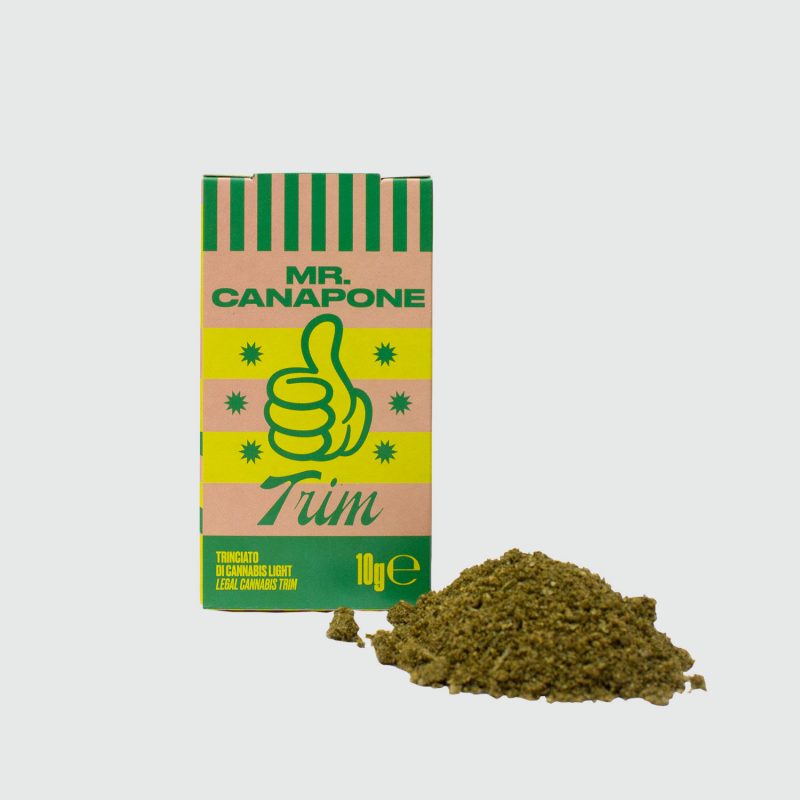BLOG
Argomento
Cannabis and Health
Considering the great media spotlight cannabinoids and their properties have been under during the last few years, it may seem weird but today there are still lots of cannabis molecules, apart from THC and CBD, that play a very important role in pain and inflammation management. One of these derivatives is CBC: let’s see why this non-psychotropic cannabinoid is underestimated and why it deserves more attention.
BEST SELLERS
GROWERS DEPARTMENT
RECENSIONI
NOVITÀ
ISCRIVITI ALLA
NEWSLETTER
ISCRIVITI ALLA NOSTRA NEWSLETTER PER RIMANERE AGGIORNATO SU TUTTE LE SCONTISTICHE, LANCIO DI NUOVI PRODOTTI E TUTTE LE NOVITÀ DEL MONDO CBWEED


















